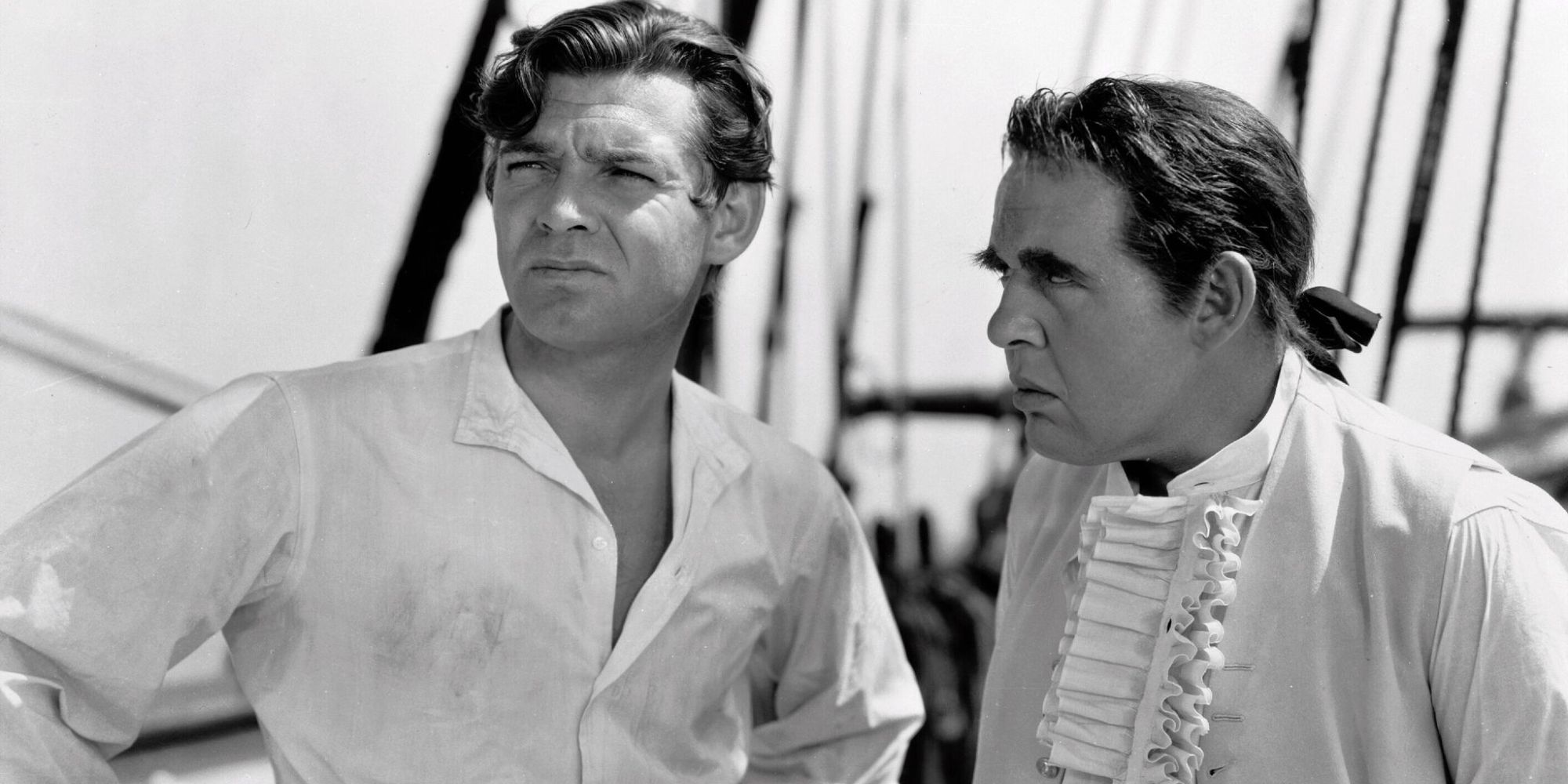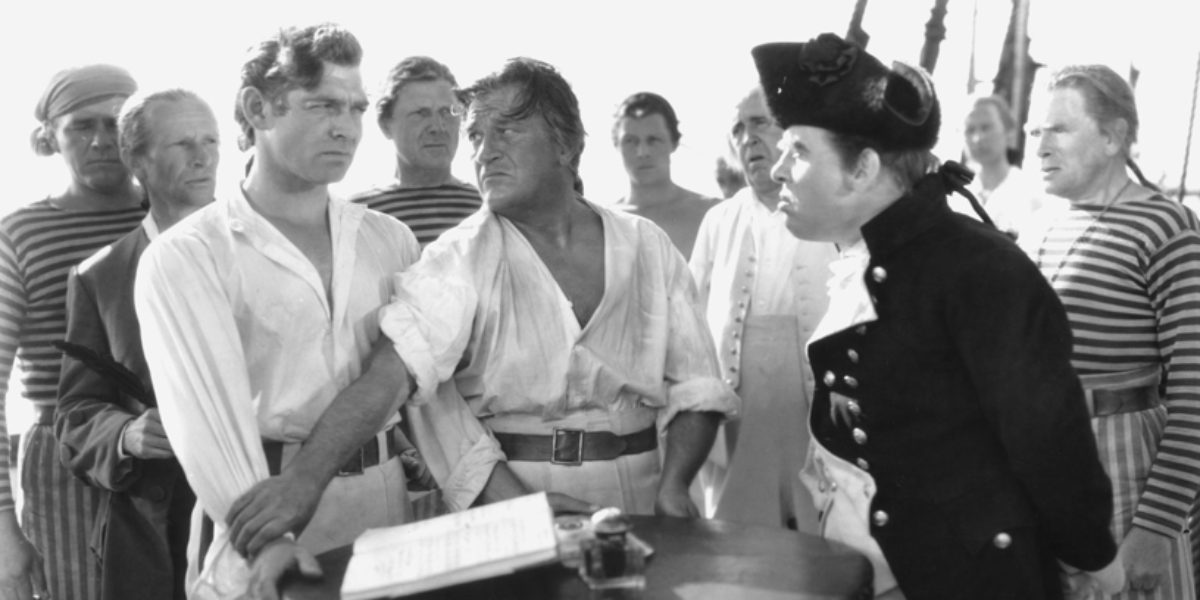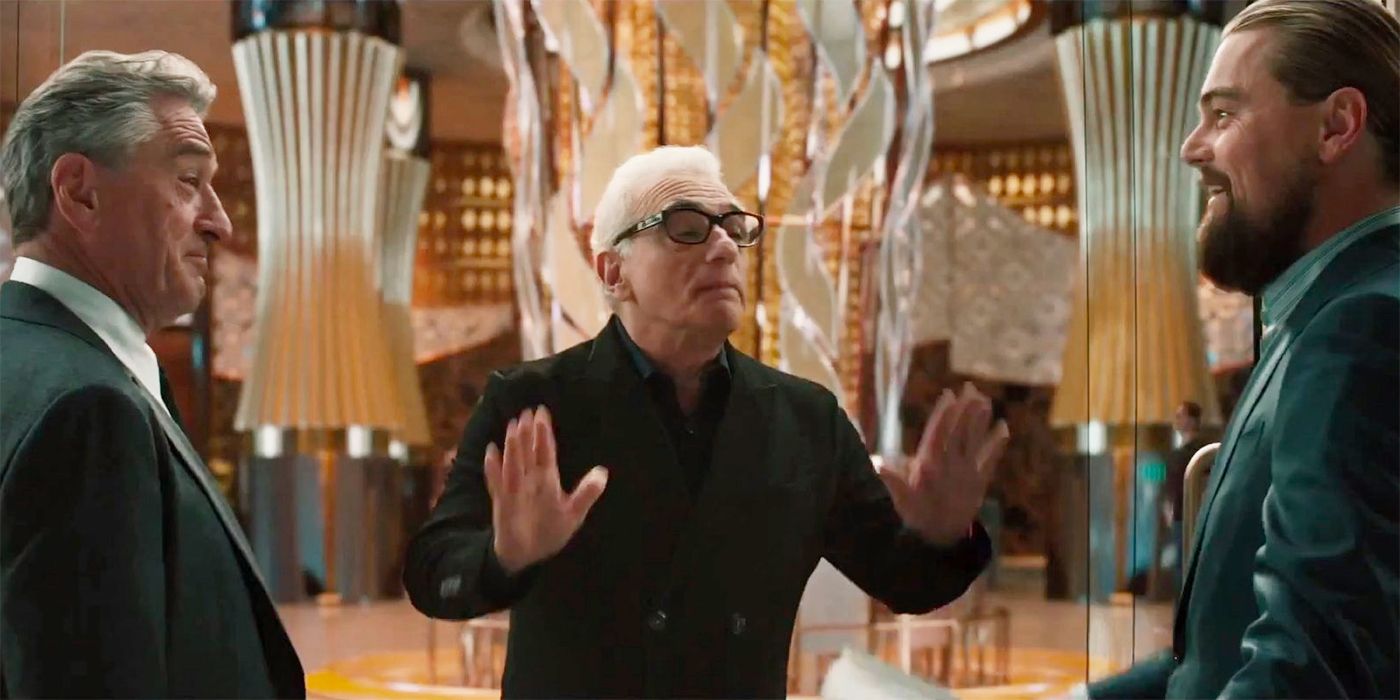The Big Picture
- The Academy Awards honor cinematic craftsmanship and industry peers, evolving with new award categories like Best Casting.
- The film “Mutiny on the Bounty” sparked the addition of Best Supporting Actor and Actress categories at the Academy Awards.
- While the Oscars have diversified performances, films like “Mutiny on the Bounty” have challenged traditional lead actor categories.
While not every Oscar winner has necessarily aged well, the Academy Awards serve an important purpose in the film industry. In addition to shedding a spotlight on underrepresented aspects of cinematic craftsmanship, the ceremony allows the hardworking members of the industry to acknowledge the great work done by their peers. The Academy Awards have certainly evolved over the years, with new competitive awards categories like the Best Casting award recently being added to the ceremony. While it’s important to recognize the winners in each category, it’s unquestionably the acting trophies that get the most attention from general audiences in any given awards cycle. Although handing out acting prizes can be traced back to the first ceremony within the history of the Academy Awards, the Oscars introduced the supporting actor prizes as a result of the controversy surrounding the 1935 Best Picture winner, Mutiny on the Bounty.
Mutiny on the Bounty
First mate Fletcher Christian leads a revolt against his sadistic commander, Captain Bligh, in this classic seafaring adventure based on the real-life 1789 mutiny.
- Release Date
- November 22, 1935
- Director
- Frank Lloyd
- Cast
- Charles Laughton , Clark Gable , Franchot Tone , Herbert Mundin , Eddie Quillan , Dudley Digges
- Runtime
- 132
The Academy Awards Couldn’t Ignore ‘Mutiny on the Bounty’
The infamous mutiny on the Royal Navy vessel HMS Bounty, in which Lieutenant Fletcher Christian, took over command of the voyage from its captain, Lieutenant William Bligh, is a historical event that became highly documented and depicted countless times in different media. The event was first depicted on film in 1916’s Mutiny on the Bounty, an Australian silent film that is now lost, and subsequently inspired the 1933 epic In The Wake of the Bounty starring Errol Flynn. However, MGM’s 1935 epic Mutiny on the Bounty remains the best depiction of the story on screen. The film’s incredible scope, intimate direction, and thought-provoking ethical dilemmas made it one of the most essential films of the 1930s.
Directed by Frank Lloyd, Mutiny on the Bounty explores how Christian (Clark Gable) came to serve on the crew of the Bounty after the vessel was dispatched on a sail around the world. While the voyage itself is arduous, Christian struggles to work under Bligh (Charles Laughton), the domineering captain who frequently disrespects and bullies his underlings. While Christian tries his best to remain unflinchingly loyal to his superior officer, he begins to question whether his own moral standards supersede the oaths he pledged to Bligh. Mutiny on the Bounty succeeds where other historical epic films fail because of its strong characterizations. The difficult decisions that Christian faces are highly engaging, especially due to the brilliant performance by Gable.
While it’s certainly Gable’s role that holds the most emotional impact, Mutiny on the Bounty is a true ensemble film that featured excellent performances from its entire cast. Bligh may be the villain of the film, but Laughton does a great job at underlying his motivations, exploring why the abusive captain feels the way he does. The film also featured a strong performance by Franchot Tone as Roger Byam, a midshipman who is caught between his conflicting loyalties. While Byam does not agree with Christian’s decision to take the ship by force, he has also grown to disapprove of the aggressive tendencies of Bligh. It’s the balanced portrayal of these three historical figures that makes Mutiny on the Bounty one of the greatest Oscar-winning biopics in history.
Why the Academy Awards Created Supporting Categories
Earning both rave reviews and becoming the highest-grossing film of the year at the box office, Mutiny on the Bounty seemed destined for Oscar glory. Although Lloyd ultimately lost the Best Director award to John Ford for his work on the extraordinary crime thriller The Informer, Mutiny on the Bounty still received a total of eight nominations and won the award for Best Picture. The ceremony was notable because all three main performances in Mutiny on the Bounty were nominated in the Best Actor category. Unable to choose between Gable, Laughton, and Tone, voters decided to essentially give Mutiny on the Bounty a monopoly on the category.
When watching the film itself, it’s difficult to determine which performance is worthy of signaling out, as each character goes through a complete and satisfying story arc. However, the three actors in Mutiny on the Bounty may have split votes when it came to the final Oscar tallies, as Victor McLaglen walked away with the Best Actor trophy for The Informer. While it was certainly a surprise to see the Best Picture winner receive no other wins, the trio of Best Actor nominations forced the Academy Awards to radically rethink the way it considered its acting races. In what wouldn’t become the first time, the Oscars decided to add new categories to the ceremony.
Starting at the subsequent ceremony, the Oscars introduced the Best Supporting Actor and Best Supporting Actress categories to allow for a wider range of performances to be included. In addition to making sure that a film like Mutiny on the Bounty couldn’t dominate the category altogether, the invention of the supporting prizes helped recognize performances with more limited screen time. The first Best Supporting Actor and Best Supporting Actress awards were given to Walter Brennan in the Howard Hawks drama Come and Get It and Luise Rainer in the year’s Best Picture-winning musical The Great Ziegfeld, respectively.
Can a Film Have Two Lead Performances?
While the invention of the supporting prizes has helped diversify the issue of one film dominating the category, it did not solve the problem entirely. Mutiny on the Bounty remains the only film that received three Best Actor nominations, but there have been several films with multiple lead acting nominations in the same category. The most recent instance was the 1984 Best Picture winner Amadeus; while F. Murray Abraham won the Oscar for his role as Antonio Salieri, Tom Hulce was nominated in the category for his performance as Mozart.
There have also been instances wherethree Best Supporting Actor nominations have come from the same film. Of the 22 films with more than one Best Supporting Actor nomination, On the Waterfront, The Godfather, and The Godfather: Part II all received three nominations in the category. Since so many supporting characters outshine their film’s leads, the supporting actor prizes have become increasingly competitive in recent years.
Mutiny on the Bounty is now available to stream on Tubi in the U.S.
Watch on Tubi





